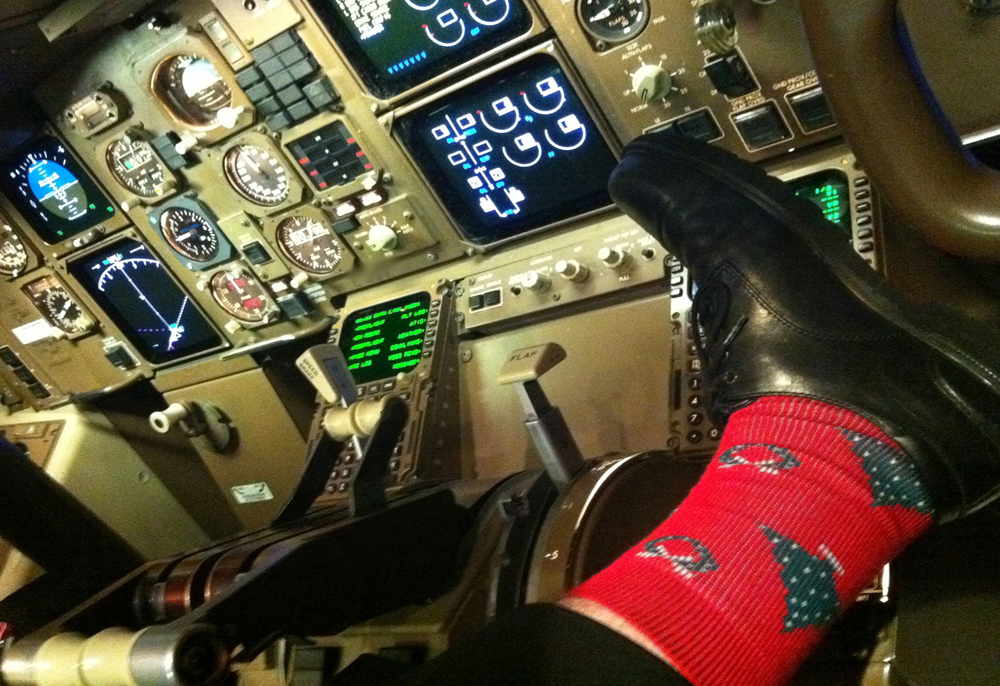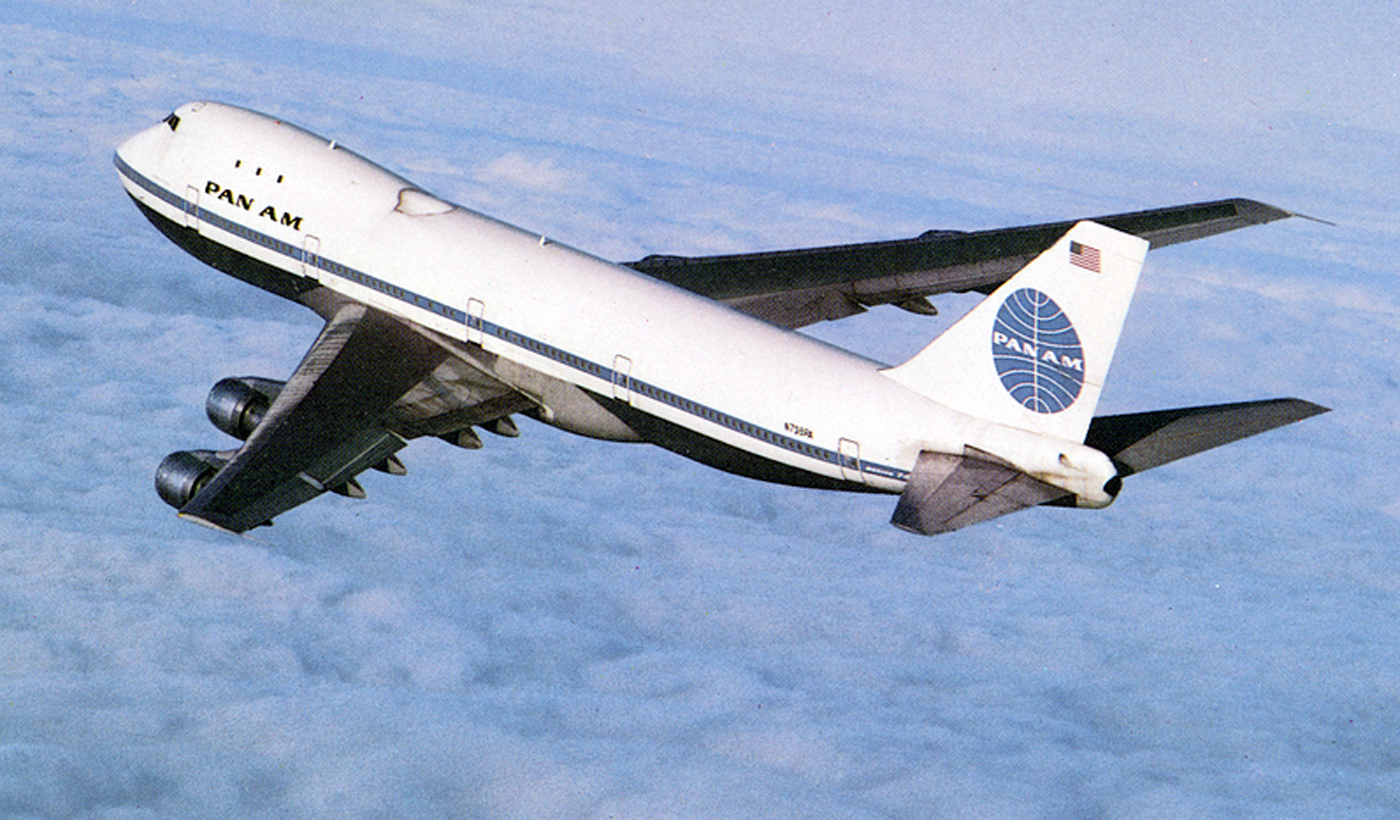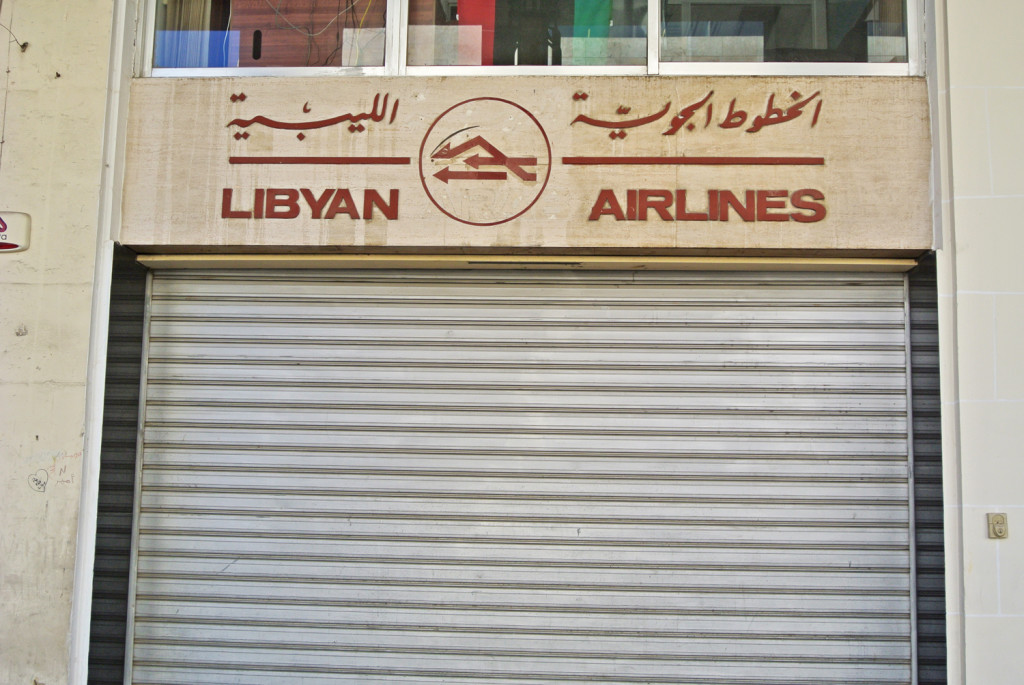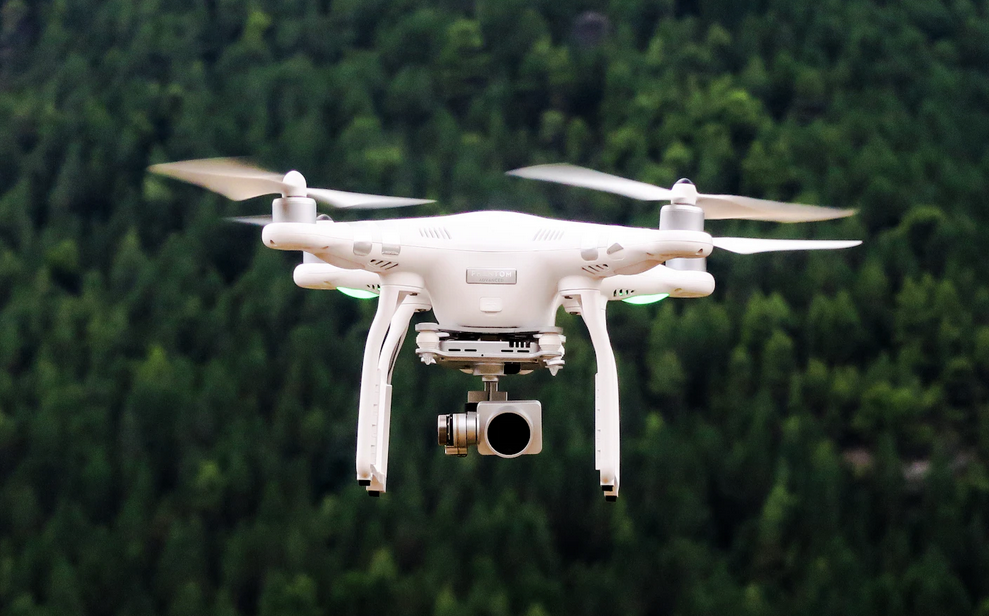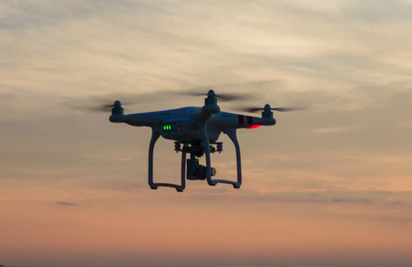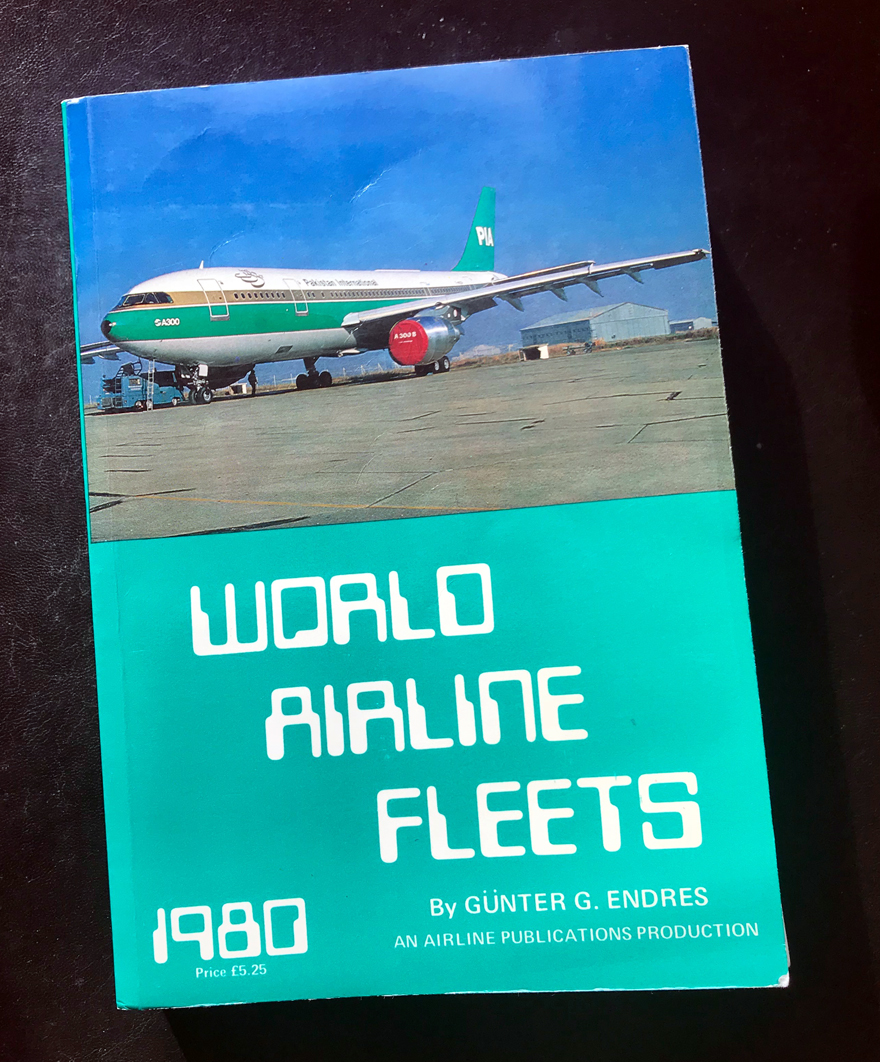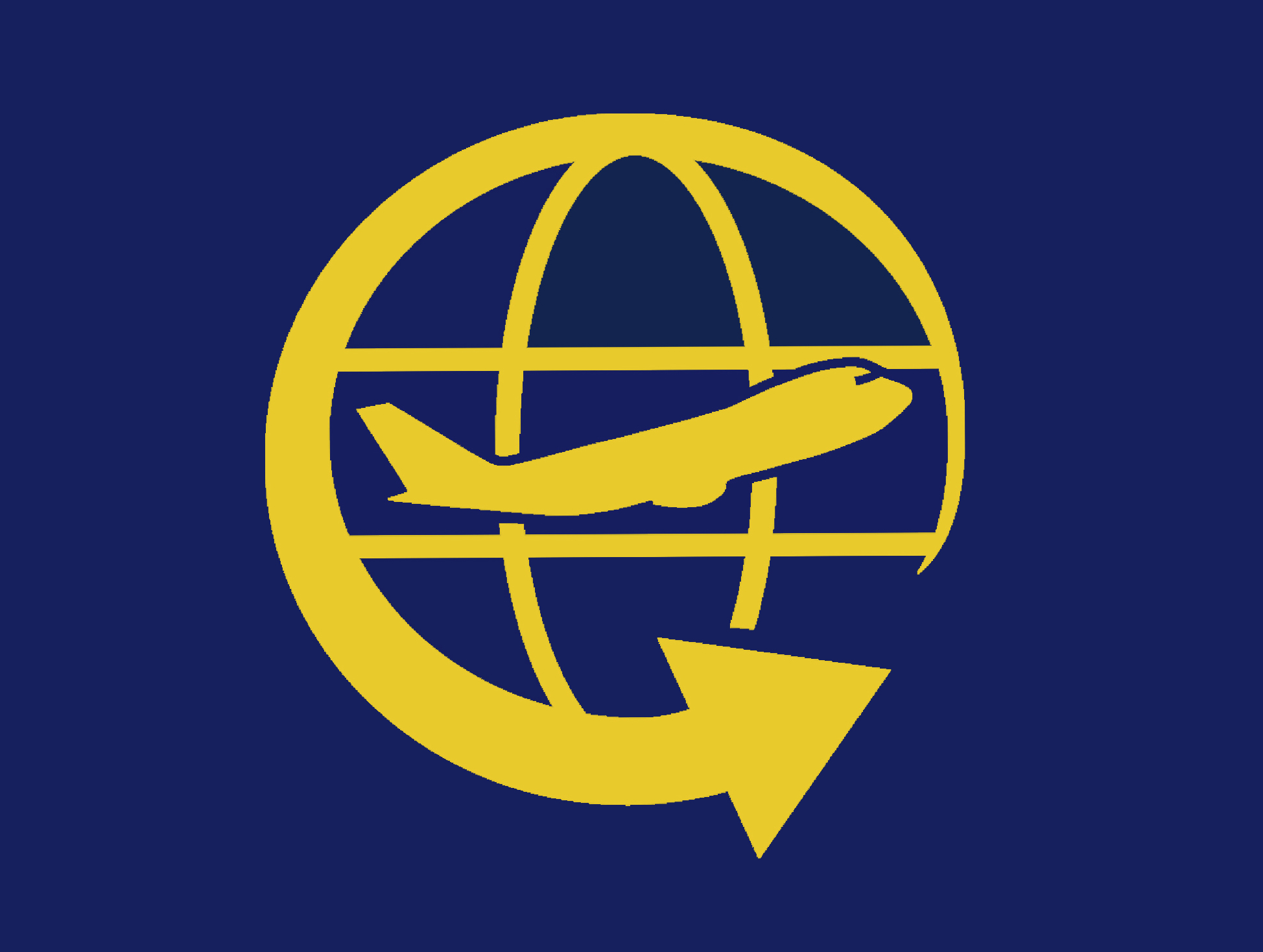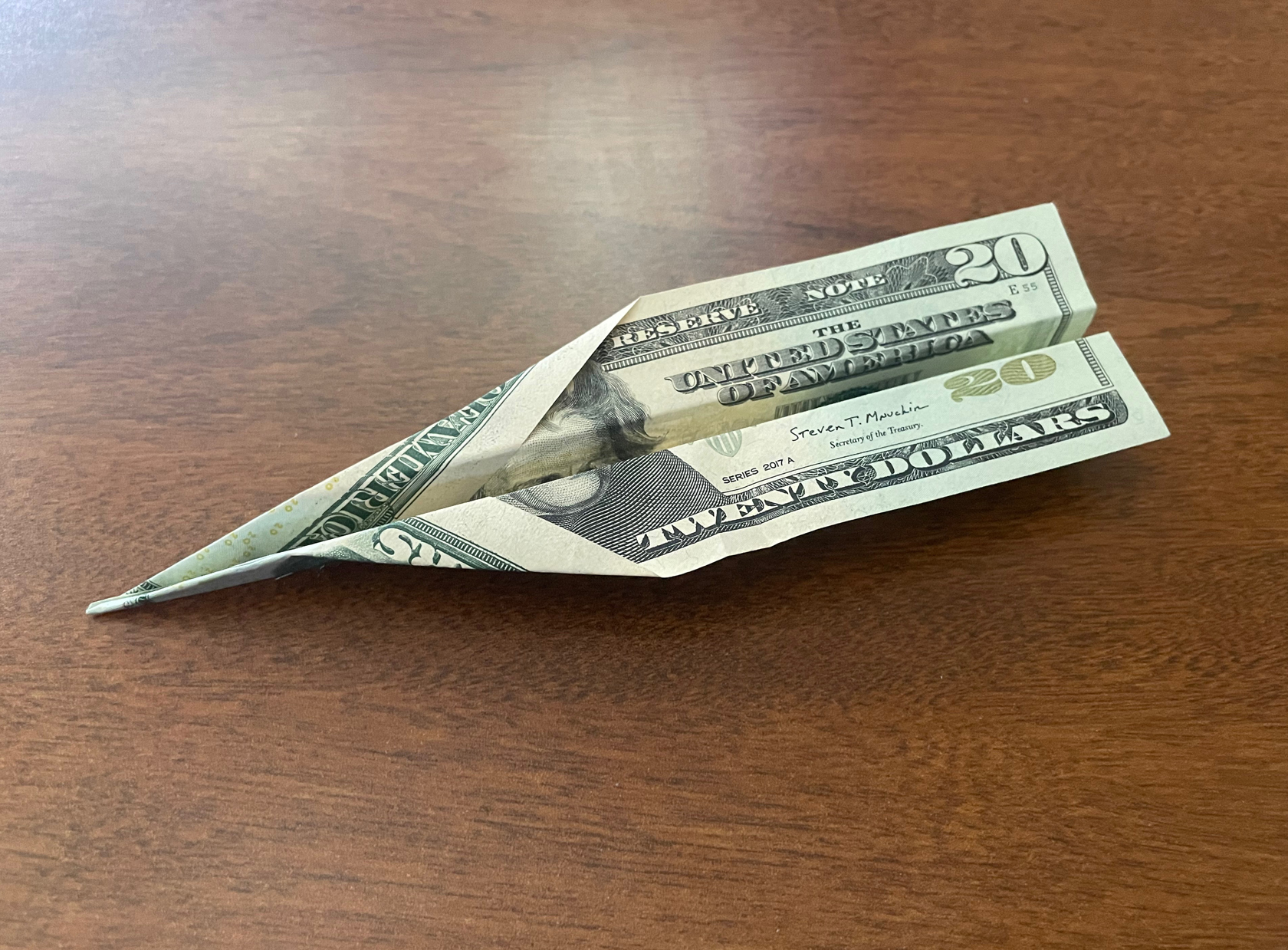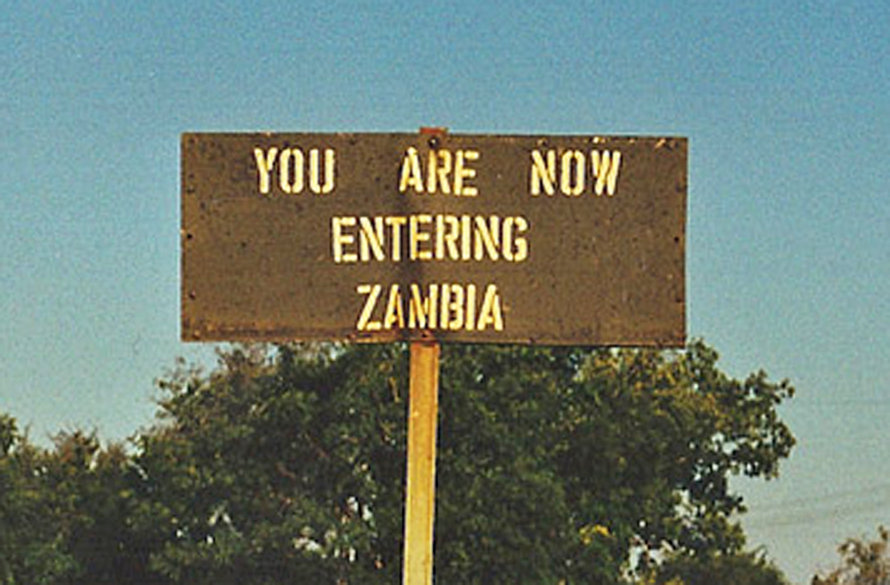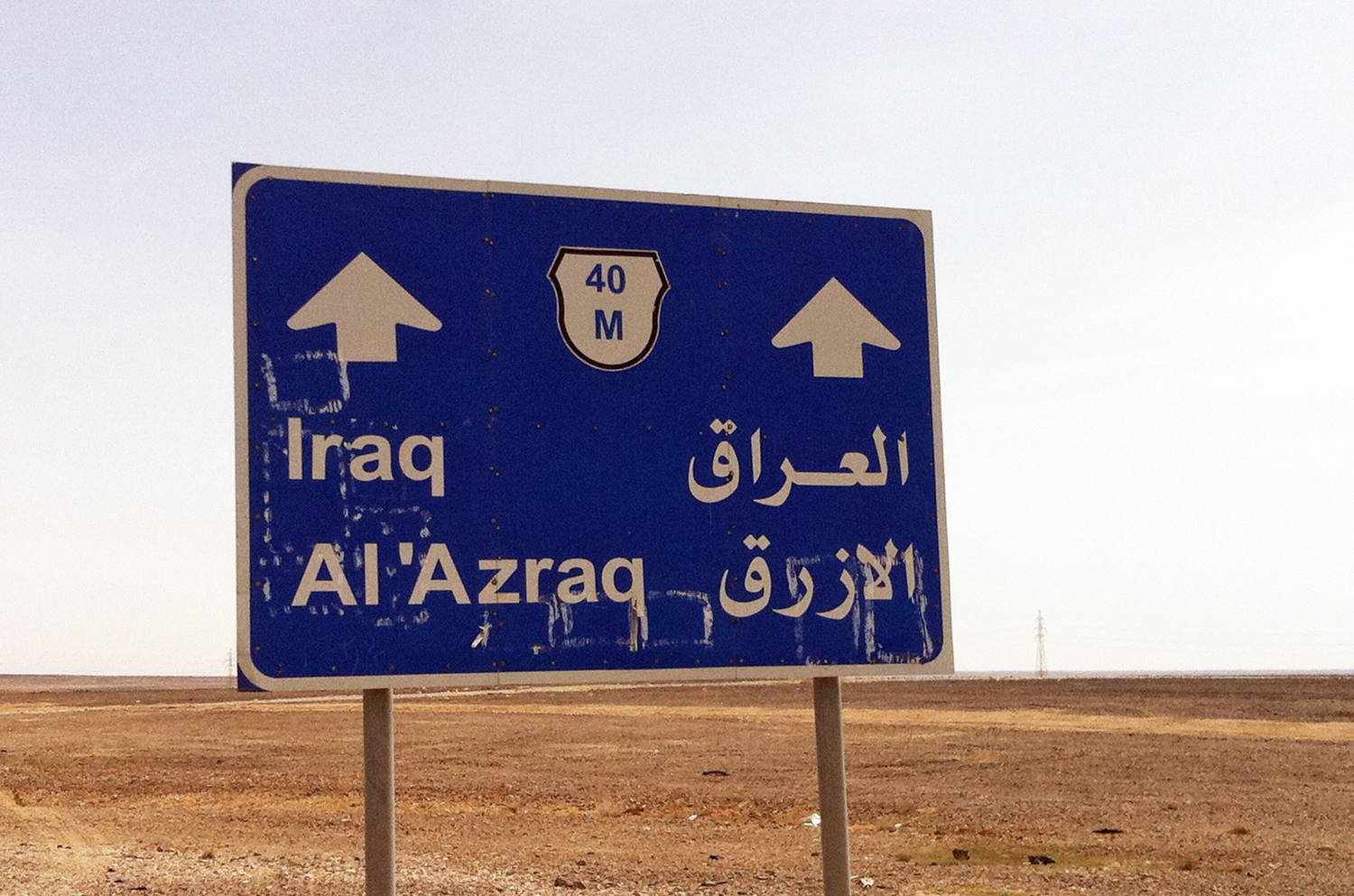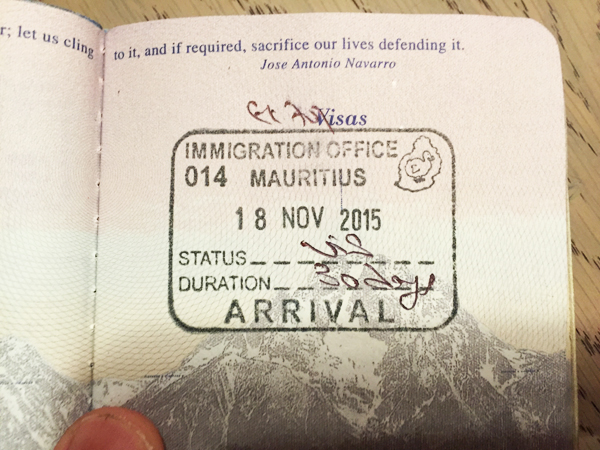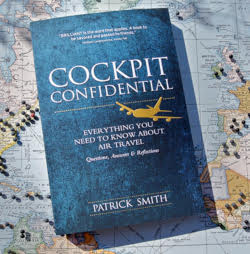Out With a Bang

Note: Thoughts and opinions herein are based on the best available information at the time of posting. Updates may follow.
December 30, 2024
NOT A GOOD ending to the year. Two serious accidents in less than a week.
First came the shooting down of Azerbaijan Airlines flight 8243 on Christmas day, killing 38 people. Five days later, Jeju Air flight 2216 crashed in a fireball at Muan International Airport in Korea, killing all but two of the 181 passengers and crew on board.
The Azerbaijan incident appears pretty straightforward. The Brazilian-built Embraer E190 crashed after being hit by an anti-aircraft missile — the latest in a surprisingly long list of commercial jets downed by military fire. It could have been worse: twenty-nine people managed to survive, owing to the fact that, unlike the tragedy of MH17, for example, the plane did not break up in midair, instead hitting the ground in a semi-controlled state.
The Jeju Air disaster is, for now, more mysterious.
Some witnesses describe a flock of birds being ingested by the 737’s right engine, with flames coming from the engine thereafter. This is unconfirmed, and in any case does not explain what happened next: the plane touching down with its landing gear retracted, skidding off the runway into a berm and exploding in a fireball.
A gear-up landing, by itself, should be perfectly survivable. Never is a landing gear problem — any landing gear problem — a dire emergency. Just as a bird strike doesn’t explain the gear being up, the gear being up doesn’t explain the crash.
Which brings us to the flaps. Watching the accident footage, it appears to me (and others corroborate this) that the 737 landed without its wing flaps or leading edge slats extended. This is important because he 737 has unusually high approach and landing speeds to begin with. (In normal operations, flaps and slats are deployed incrementally during approach, allowing the plane to maintain lift while slowing to a safe landing speed.) These speeds would be even higher — much higher — if attempting to land without flaps or slats.
Under those circumstances you’d want the longest runway possible. The runway at Muan is 9200 feet long, but was shortened by a thousand feet due to construction. That left the pilots with 8200 feet. That’s not short, but it’s not long, either. How much runway would a 737-800 require if touching down with no flaps or slats, and no landing gear? I don’t know.
Which takes us to the issue of why the crew didn’t spend more time troubleshooting and better preparing for an emergency landing — preparations that might have included diverting to an airport with a longer runway. It appears the landing was quite rushed.
Landing inadvertently without gear and flaps is all but impossible. It was obviously done intentionally, and hurriedly. What we don’t know is why.
About two years ago, a flight I was piloting had a somewhat serious flap malfunction going into Bogota, Colombia. We spent a good half-hour in a holding pattern, going through checklists, coordinating with our company and with ATC, reviewing runway distance data, and so on. We landed without incident. It appears the Jeju pilots did nothing of the sort, short of issuing a brief distress call. They broke off one approach, circled around, and about five minutes later made the second, fatal landing.
It’s hard to imagine a professional airline crew needlessly hurrying and choosing a too-short runway. Something, I would think, was driving their urgency. A malfunction involving both the landing gear and flaps hints at a serious hydraulics problem. It also — especially combined with the rush factor — hints at the possibility that both of the plane’s engines had failed or were shut down. Did a bird damage one engine, and the crew then accidentally shut down the other one, leaving them with no power at all? Wrong-engine shutdowns have happened before (Google “British Midland crash”).
Others have speculated that complications from the bird strike may have caused the cabin to begin filling with smoke. Did the pilots then panic? Ultimately, we could be looking at a human factors failure as much as any mechanical one. In years past, Korean aviation was heavily scrutinized for its cockpit authority culture and a lack of what today is known as “crew resource management.” It’s worth noting that both pilots were, at least by U.S. standards, fairly inexperienced. The captain had about 6,000 flight hours, and the first officer fewer than a third as many. As a point of comparison, I have about 20,000 hours and currently fly as a first officer.
We’d also like to know the reason for that barrier wall and concrete antenna support at the end of the runway, rather than the type of clearway found at most airports.
One thing for sure is that putting the plane down in the ocean, as was suggested by a supposed aviation expert in a Wall Street Journal online article yesterday, would not have been wise. Any landing, including one without flaps or landing gear, would be far more dangerous on water than on pavement, provided the right precautions are taken. I emailed the reporters at the Journal, recommending they remove those lines, but got no reply.
Jeju Air is a Korean low-cost carrier named after the popular holiday island off the country’s south coast. The Seoul-Jeju route is one of the busiest air routes in the world.
The Azerbaijan Airlines flight, meanwhile, is at least the third commercial jet to have been shot down by Russian or Russia-backed military forces. In 2014, 298 people died when Malaysia Airlines flight 17 was hit by a Buk missile over Ukraine. And in 1983, 267 people died when Korean Air Lines flight 007 was downed near Sakhalin Island by a Soviet fighter after drifting off course. MH17 and KAL 007 stand as the 7th and 11th deadliest crashes of all time.

